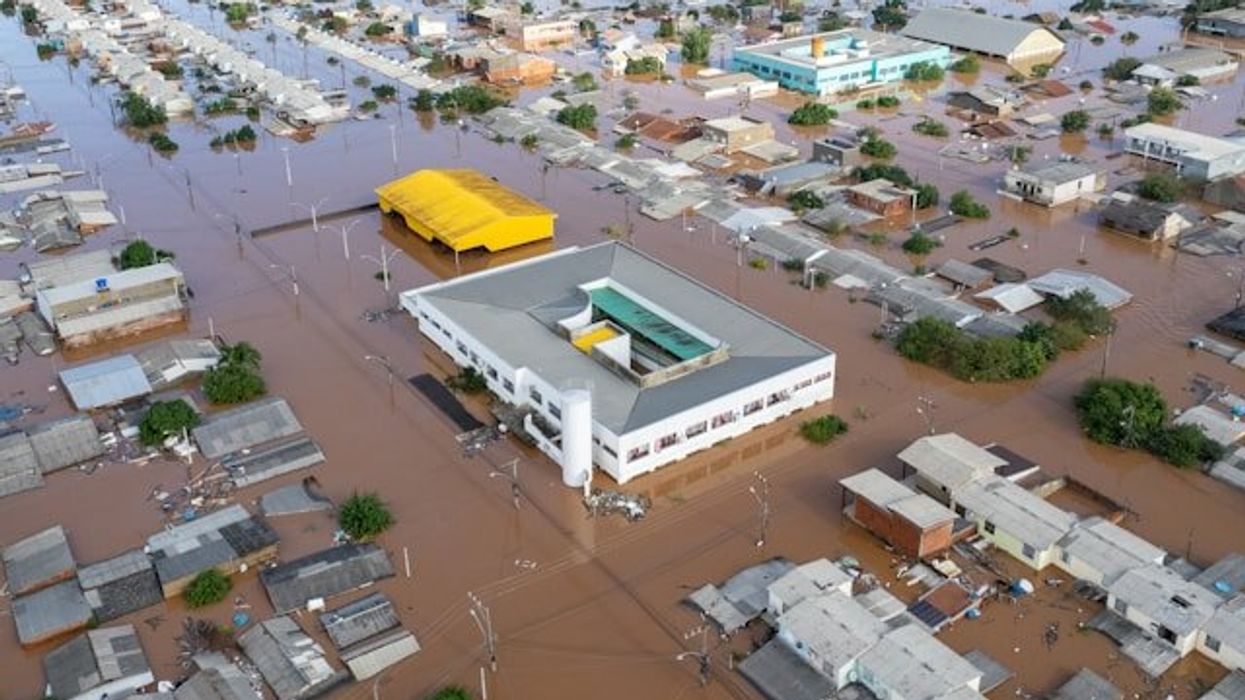Wintertime atmospheric rivers are becoming stronger and more frequent over the Eastern U.S. while declining in the West, potentially doubling rainfall in parts of the Southeast within two decades, researchers found.
Chad Small reports for Inside Climate News.
In short:
- Analysis of 40 years of data found atmospheric river frequency has increased nearly 5% per decade in the Eastern U.S., with the South seeing sharp rises in extreme rainfall.
- West Coast states have seen a nearly 4% per decade drop in atmospheric river frequency since 1980, contributing to long-term winter drying despite occasional extreme storms.
- Researchers link these shifts to long-term changes in oceanic and atmospheric patterns, though they caution it’s unclear how much is driven by human-caused climate change.
Why this matters:
Atmospheric rivers — long, narrow bands of water vapor that can unleash days of intense rain — are a major driver of flooding risk. Shifts in where they strike could reshape water availability, flood hazards, and infrastructure planning in vast regions. In the East, more frequent and powerful storms can overwhelm drainage systems, damage crops, and threaten drinking water supplies. In the West, fewer storms mean prolonged droughts, with cascading effects on agriculture, wildfire risk, and hydropower production. These changes don’t happen in isolation: Warmer oceans, shifting wind patterns, and evolving storm tracks can alter weather thousands of miles away, creating new challenges for communities that have long relied on historical patterns to predict and prepare for extreme weather.
Read more: Forty trillion gallons of rain inundate the Southeast after multiple storms
















